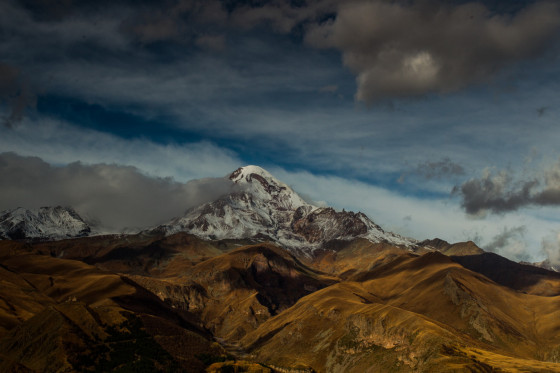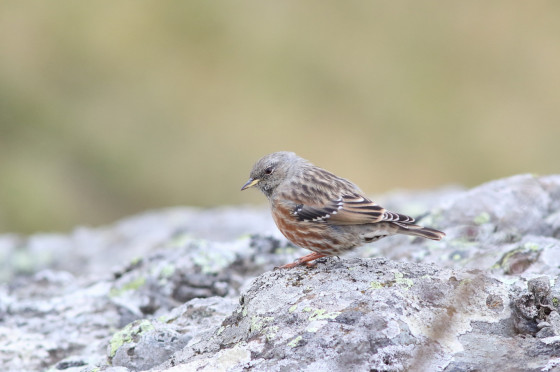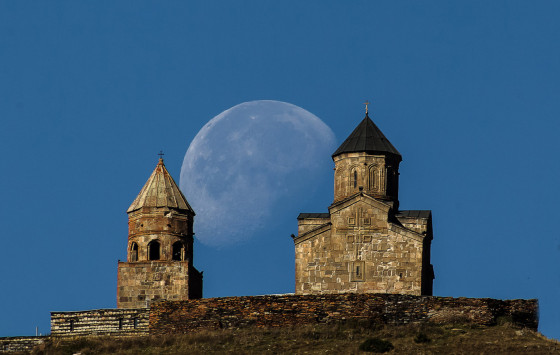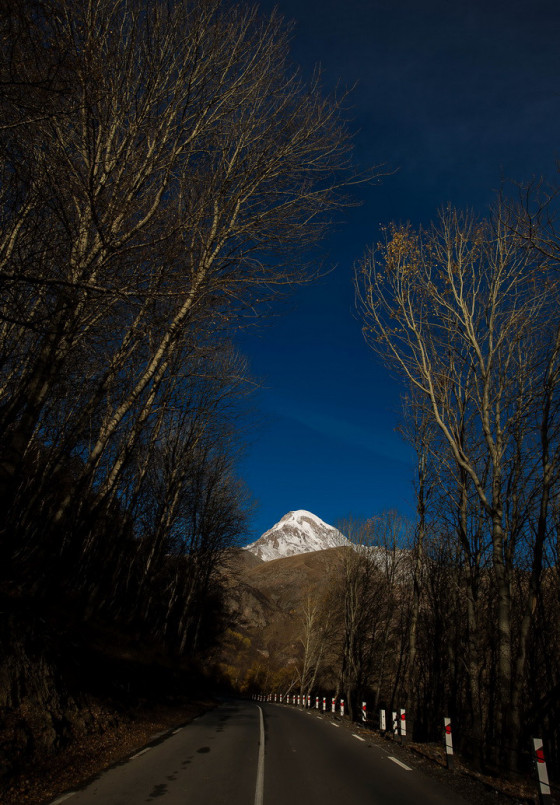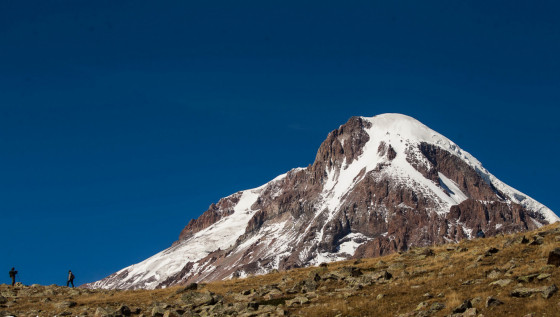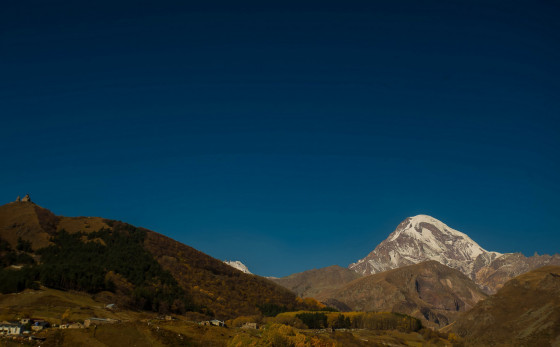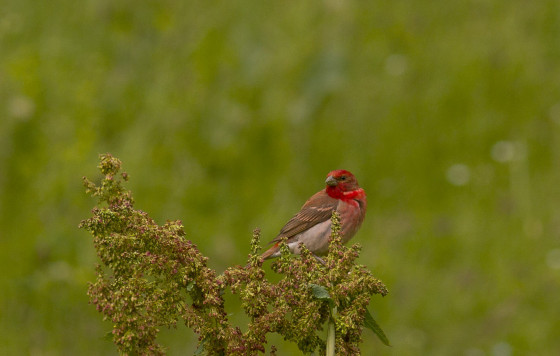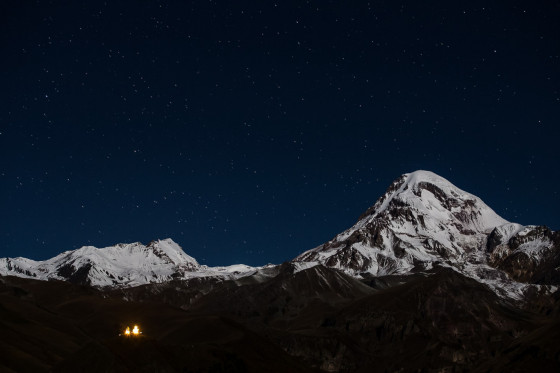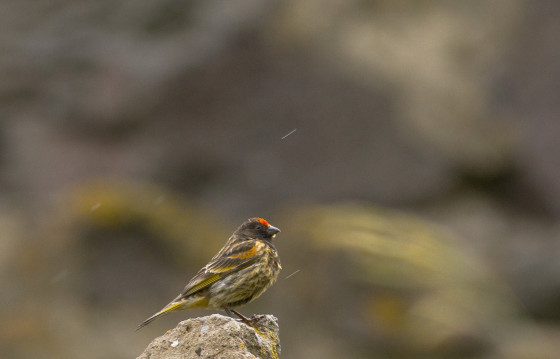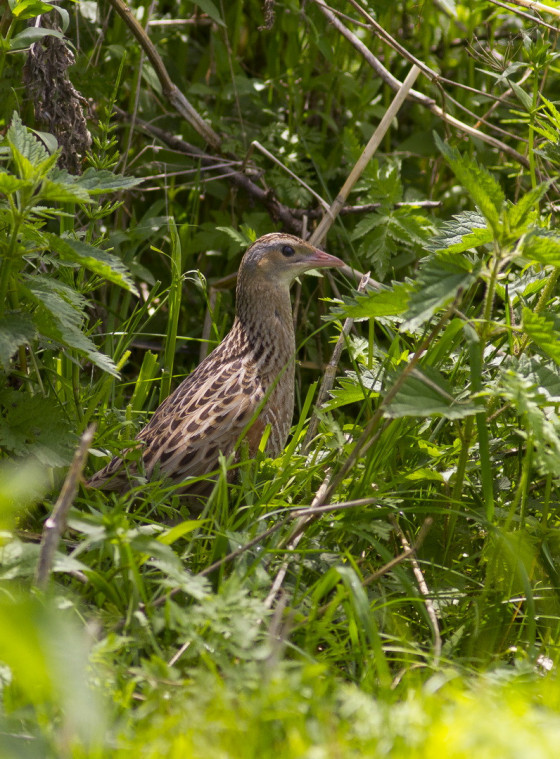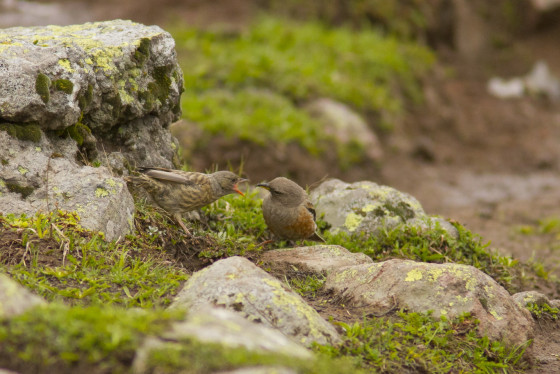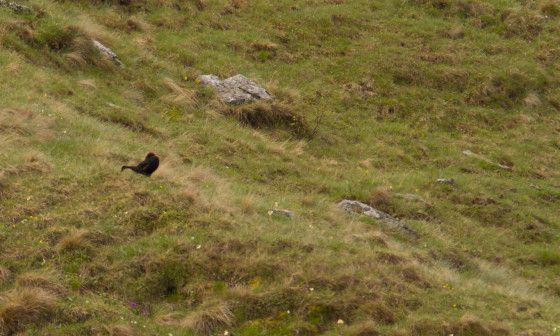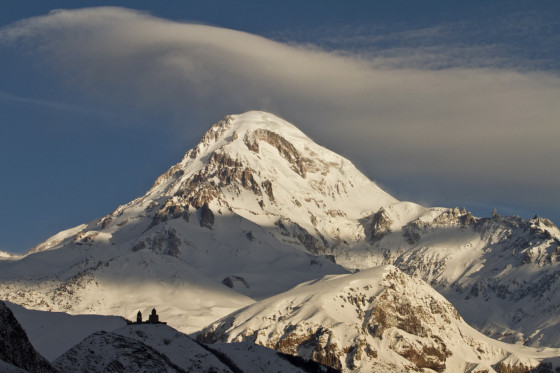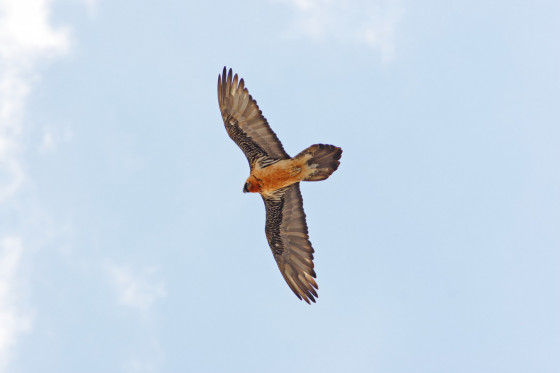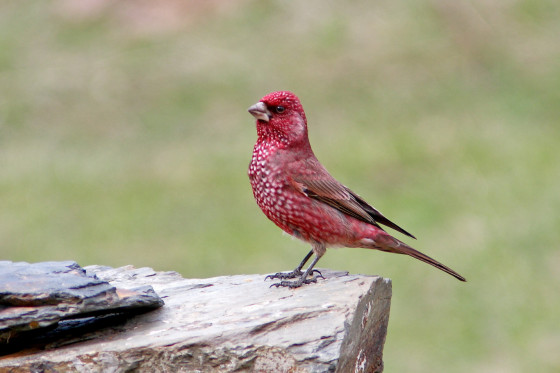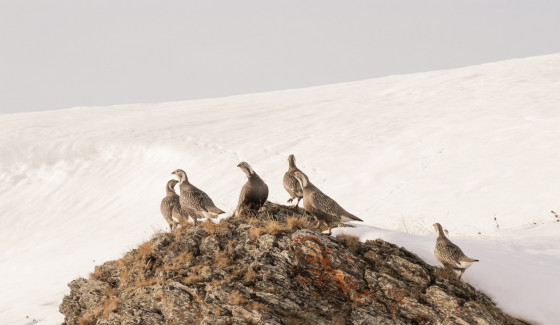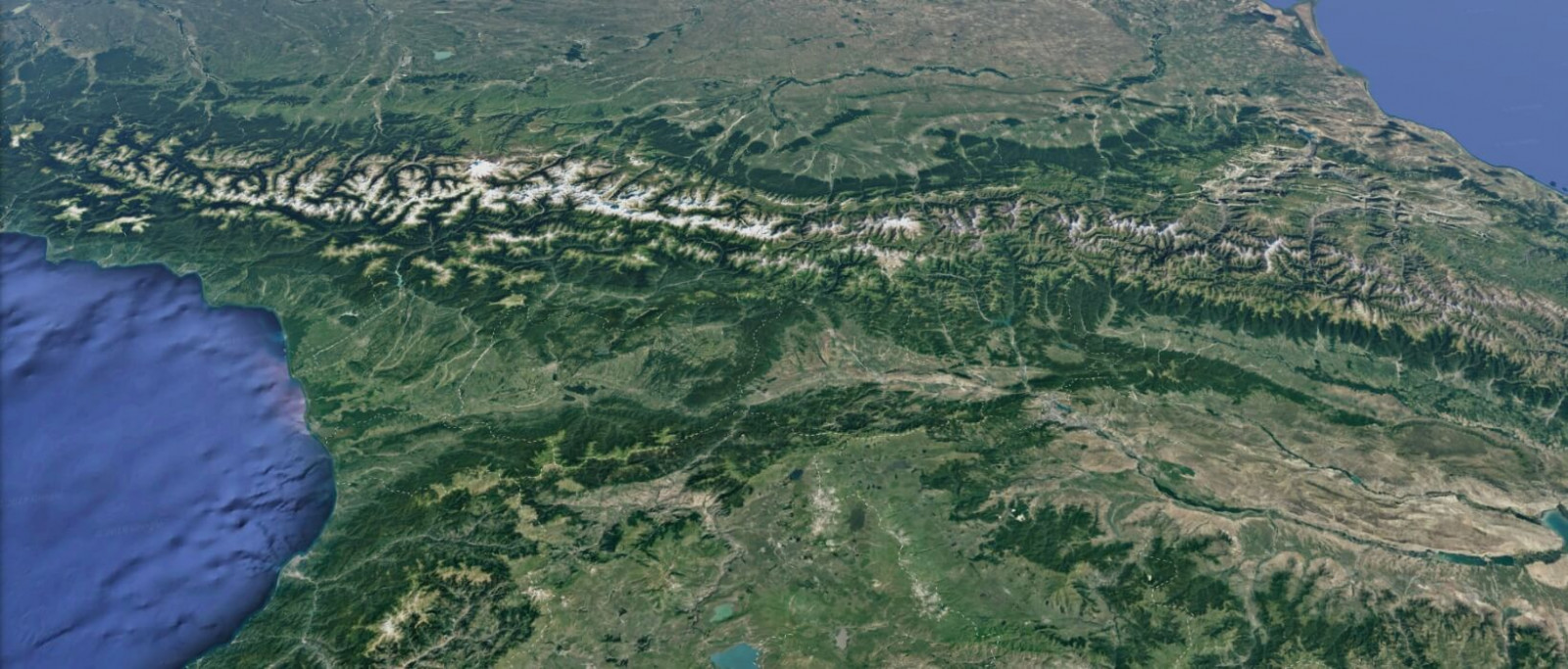Hotspots
Kazbegi National Park (Stephantsminda)
A trip to Georgia would not be complete without exploring at least one of the mountainous provinces of the Greater Caucasus, to get a sense of the awesome quality of this 648 kilometer (480 mile) spine that historically has separated Europe from Asia. Georgians themselves regard the area as the heart and soul of their country, the place from which so many of their traditions derive: the cult of the ram, the forms of lavish hospitality, the importance of friendship, and the demands of honor.
Kazbegi features the beautiful peak of Mkinvartsveri (Kazbegi) where and the landscape varies from high glacial mountain peaks to deep gorges and canyons cut by glacial waters banked with sub-alpine vegetation. As you drive through the high mountain peaks, Red-billed and Alpine Choughs call overhead and communities of Snowdrops, the alpine wildflower, are sprinkled in the meadows.
As we drive through the high mountain peaks, communities of alpine Snowdrops are sprinkled in the meadows while Red-billed and Alpine Choughs call overhead. Local people herd their sheep and cattle along the mountain road: a spring of natural mineral water greets travelers alongside bright red sulfur flats that border a section of the alpine pass.
The Kazbegi region is the place where the “Big Five” Causcasian birds can be seen: Caucasian Snowcock, Caucasian Black Grouse, Great Rosefinch, Güldenstädt’s Redstart, Caucasian Chiffchaff.
During our trips you may also observe other regional specialties including: Twite (interior Asian form - a potential split), Red-fronted Serin, Wallcreeper, Citrine Wagtail, White-winged Snowfinch, Red-billed and Alpine Choughs, Chukar, Horned Lark, Water Pipit, Greenish Warbler, Barred Warbler, Alpine Accentor, Common Rosefinch and dozens of other species. Common raptors include: Bearded Vulture, Griffon Vulture, Golden Eagle and Peregrine Falcon.
What to expect
Journey For Life
Although Georgia covers only one-seventh of the Caucasus, it aggregates nearly every kind of habitat and biome found in the region. The country’s species diversity far surpasses two-thirds of the species found throughout the entire Caucasus, comprising nearly 1% of the planet’s animal and plant species.
Climate varies from dry warm continental in the southeast of Georgia to very humid temperate in the west; Mtirala in the southwest has 4,000 mm of annual precipitation, exceeding any other geographic point in continental western Eurasia. The country lies along the eastern coast of the Black Sea and southern slopes of the Great Caucasus Mountains, at the same latitude as Washington D.C., northern Greece and northern Spain. Humid areas have the greatest diversity of endemic species. Nearly a quarter of the terrestrial vertebrate and fish species, and even more of the flowering plants of Georgia are endemics of the Caucasus region.
